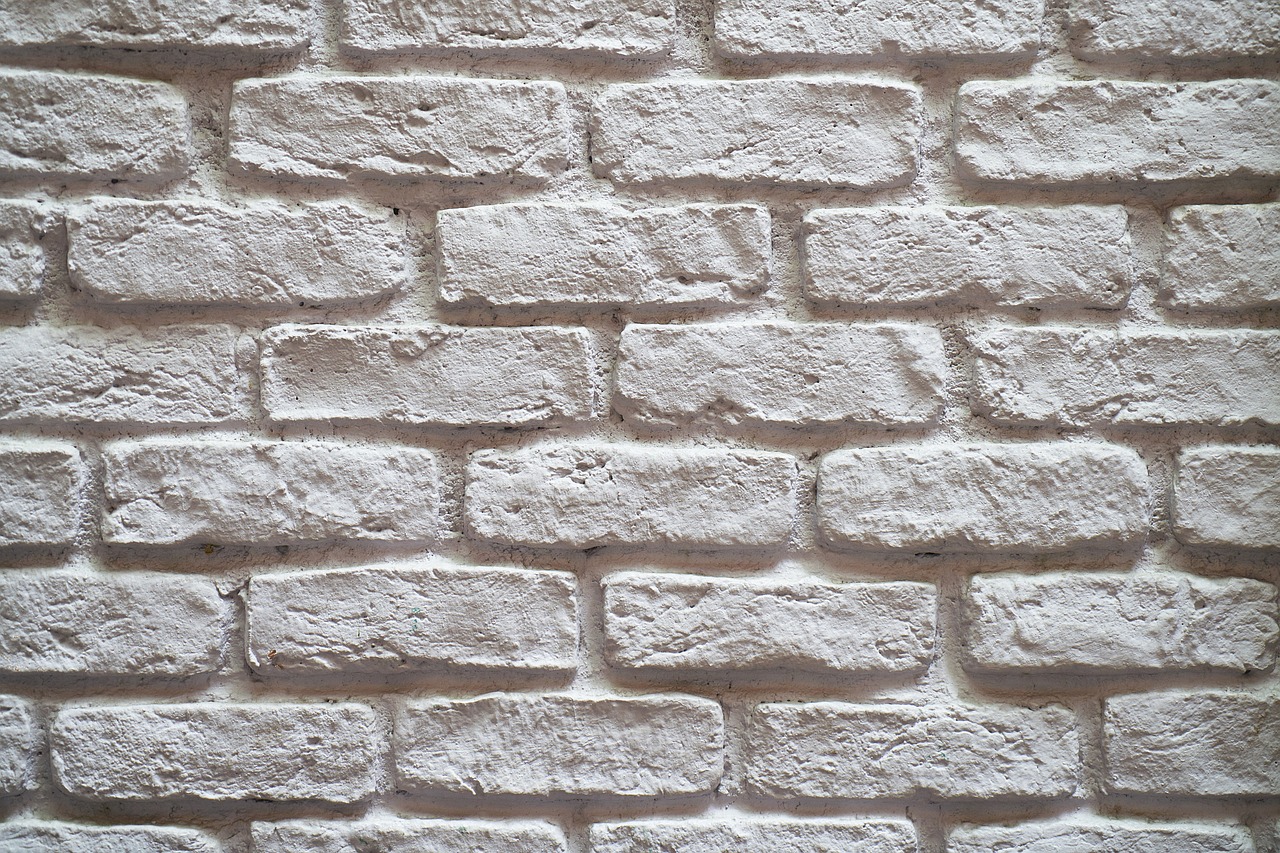Calligraphy: Is letter writing becoming a lost art?
Is Calligraphy a form of art? Ouchenir explains how it really this creative skill that needs to be honed, a craft to be learned and a beautiful art form to be manipulated.
Letter writing is a hand written form of communication and Calligraphy turns handwriting into an art. Like dancers, and athletes, too, calligraphers must train – Nicholas Ouchenir ,being an in-demand professional calligrapher today is about mastering those rules, while also breaking them—being able to craft countless new, original, and innovative scripts that can evoke particular moods, personalities, styles, or eras.
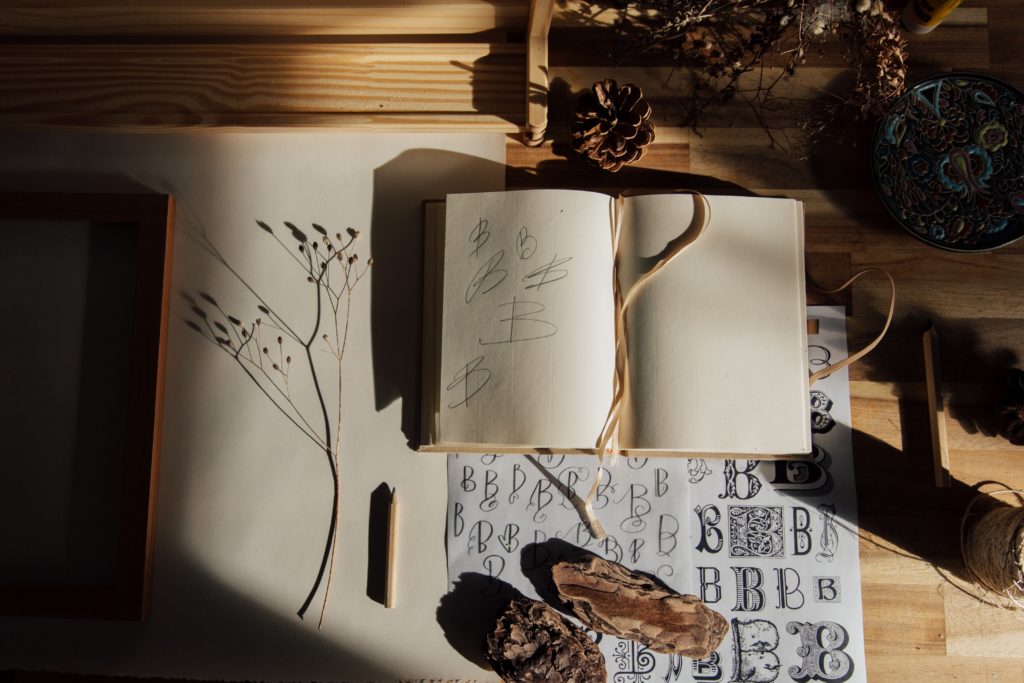

Hand lettering and contemporary calligraphy, what is the difference?
While calligraphy is defined as “the art of producing decorative handwriting or lettering with a pen or brush,” hand-lettering is actually an entirely different art form and involves drawing letters as opposed to writing them. Calligraphy artists typically use dip pens with nibs and ink to create thick and thin lines using varying degrees of pressure, all in a single stroke. However, contemporary hand-letterers use a variety of tools and techniques to create illustrative letters, which often aim to evoke emotions and bring conceptual meaning to words.
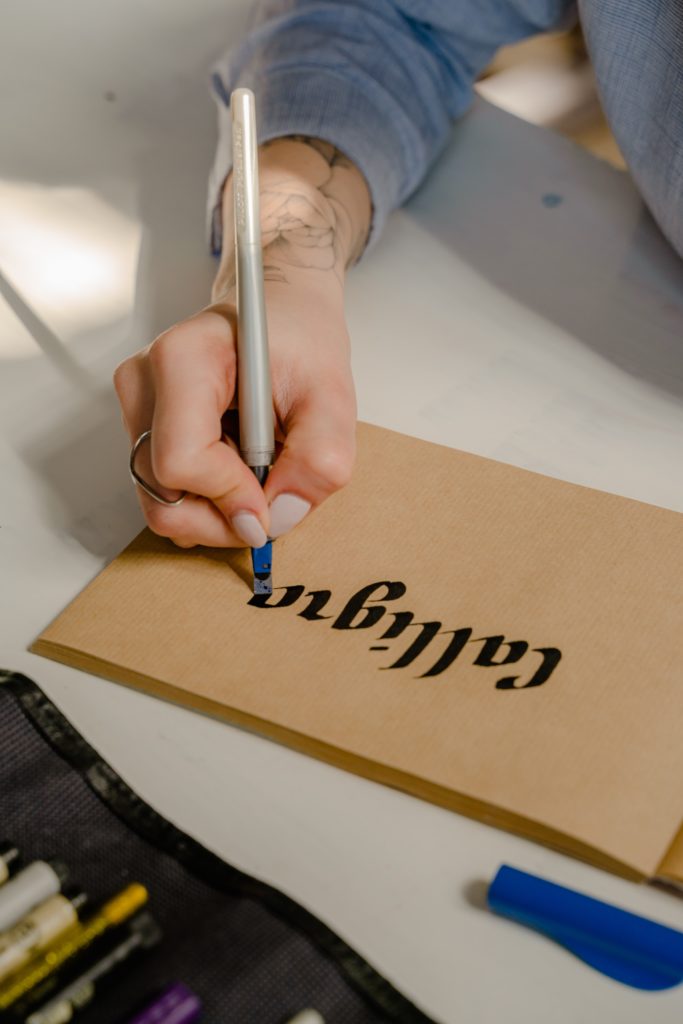

Brush strokes dance back and forth between light and heavy lines, curving and twisting slowly into perfect shapes and symbols. However, modern calligraphy ranges from functional inscriptions and designs to fine – art pieces where he letters may not even be readable. Classical calligraphy differs from typography and non – classical hand – lettering, though a calligrapher may practice both. Modern day Calligraphy continues to flourish in the forms of elegant wedding invitations, font design, typography, original hand – lettered logo design, religious art, announcements, commissioned calligraphic art, cut stone inscriptions and memorial documents. It is also used for birth and death certificates, maps and other written works. It is a form of artistic writing that conveys a sense of dignity and personalisation upon the medium for which it is used.
So who invented Calligraphy?
Is is still unkown and perhaps debatable as there are different forms from around the world
Calligraphy from the Greek meaning κάλλος kallos “beauty” + γραφή graphẽ “writing” is a form of ornamental handwriting that dates back to ancient times. From the moment the first quill hit the first piece of parchment, humans have been looking for the most beautiful and decorative way to present their writing. It is estimated that the Romans were the first to bring Calligraphy to the masses, all you need to do is look at the many statues throughout Italy or other Roman remains found to see the strikingly beautiful lettering that was carved. Some historians have traced the beginnings of calligraphy to China, where the written word was rendered using bamboo brushes and papyrus paper. However, calligraphy also has deep historical roots in many different regions around the world. In Europe for example, calligraphy appeared as Latin script, painted onto Roman walls around 600 B.C.E. and was later refined for use in religious texts.
Calligraphy is considered an important art in East Asia and as the most refined form of East Asian painting. It has influenced most major art styles, including ‘sumi-e’, a style of Chinese and Japanese ink and wash painting which uses similar tools and techniques and is based entirely on calligraphy. In India, however, calligraphy first appeared as a way to ‘print’ holy texts (similarly to its European origins).
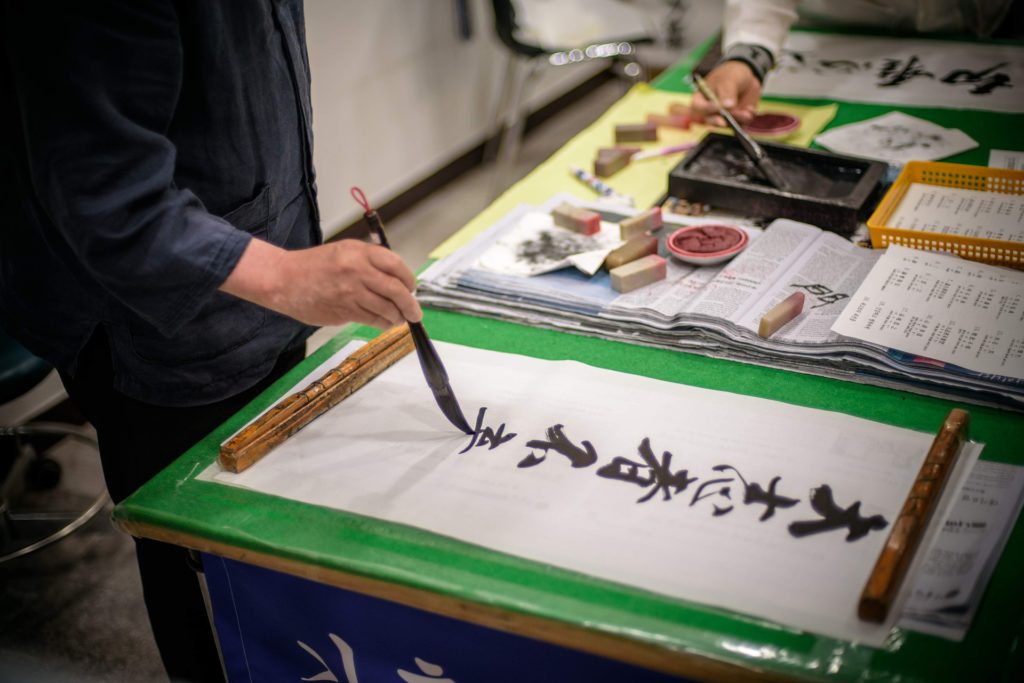

Religion and Calligraphy, connected across the world and promoted by the churches
The Celtic scribes of the Dark Ages and the Gothic scribes of the Middle Ages worked indoors and used small pens made out of feather quills, writing small letters. Their main concern was to copy, glorify, and preserve the text of the Christian religion.
Western calligraphy is the calligraphy of the Latin writing system, and to a lesser degree the Greek and Cyrillic writing systems. During the middle ages hundreds of thousands of manuscripts were produced: many were illuminated with gold and fine painting.
Christian churches promoted the development of writing through the prolific copying of the Bible, particularly the New Testament and other sacred texts. Monks in the British Isles adapted the late Roman bookhand, ‘Uncial’, to develop a unique bookhand called “Celtic” or “Insular,” meaning “of the islands.” The seventh and ninth centuries brought illuminated manuscripts decorate with gold and silver, such examples are the ‘Lindisfarne Gospels’ and the ‘Book of Kells’.
Calligraphy styles and tools used to create written art
The principal tools for a calligrapher are the pen, which may be flat- or round-nibbed and the brush. For certain decorative purposes, multi-nibbed pens—steel brushes—can be used. However, works have also been made with felt-tip pen and ballpoint pens, although these works do not employ angled lines. Ink for writing is usually water-based and much less viscous than the oil based inks used in printing. High quality paper, which has good porousness, will enable cleaner lines, although parchment or vellum is often used.
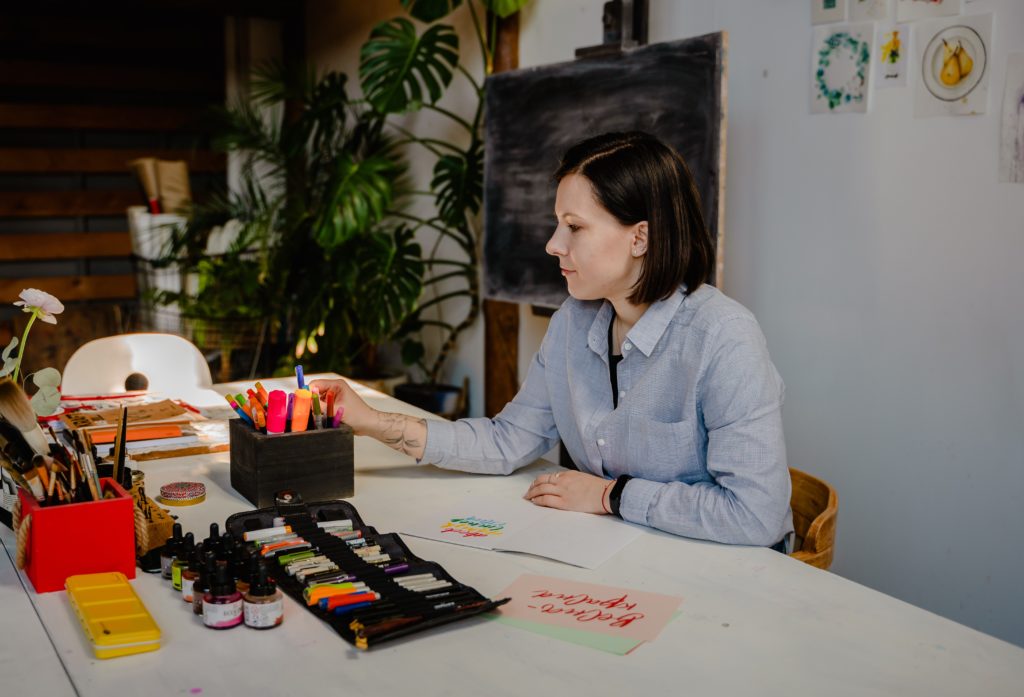

Copperplate is a style of calligraphic writing written with a sharp pointed nib instead of the broad-edged nib used in most calligraphic writing. The name comes from the sharp lines of the writing style resembling the etches of engraved copper. The Copperplate typeface attempts to emulate copper-engraved letters. Copperplate obtains its name from the copybooks of the eighteenth and nineteenth centuries, which were created by the engraving of copper printing plates using a transferred ink original.
Calligraphy use around the globe
In the Middle East and East Asia, calligraphy by long and exacting tradition is considered a major art, equal to sculpture or painting. Islamic calligraphy is an aspect of Islamic art that has evolved alongside the religion of Islam and the Arabic language. Arabic and Persian calligraphy are both associated with geometric Islamic art (known as arabesque) which is found on the walls and ceilings of mosques as well as on paper. Instead of recalling something related to the spoken word, calligraphy for Muslims is a visible expression of the highest art of all, the art of the spiritual world. Islamic calligraphy is associated with geometric Islamic art (arabesque) on the walls and ceilings of mosques as well as on the page or other materials. Traditional East Asian writing uses the Four Treasures of the Study, the ink brushes known as máobǐ to write Chinese characters, Chinese ink, paper, and inkstone, known as the Four Friends of the Study in Korea. In addition to these four tools, desk pads and paperweights are also used.
Calligraphy has arguably become the most venerated form of Islamic art because it provides a link between the languages of the Muslims with the religion of Islam. The holy book of Islam, al-Qur’an has played an important role in the development and evolution of the Arabic language, and by extension, calligraphy in the Arabic alphabet. Proverbs and complete passages from the Qur’an are still sources for Islamic calligraphy. Islamic Calligraphy has been an art form especially valued by Muslims who traditionally believed that only Allah could create images of people and animals and that figures of such should not be represented in artwork.
Sacred Western calligraphy has some unique features, such as the illumination of the first letter of each book or chapter in medieval times. In Western culture the plainer Greek- and Latin-derived alphabets and the spread of literacy have tended to make handwriting in principle an art that anyone can practice. Nonetheless, after the introduction of printing in Europe in the mid-15th century, a clear distinction arose between handwriting and more elaborate forms of scripts and lettering. During the fifteenth century, Italian scribes returned to the Roman and Carolingian models of writing and designed the Italic hand, also called Chancery cursive, and Roman bookhand. These three hands—Gothic, Italic, and Roman bookhand—became the models for printed letters.





